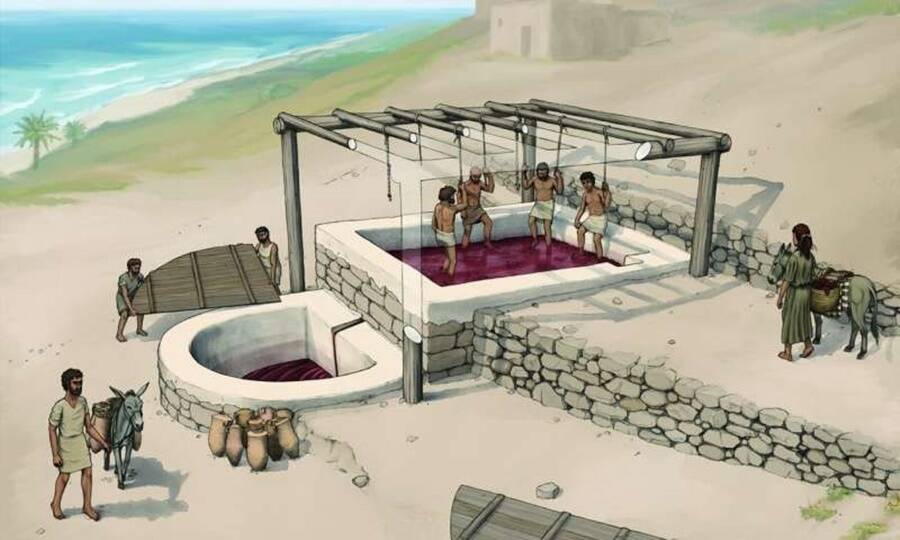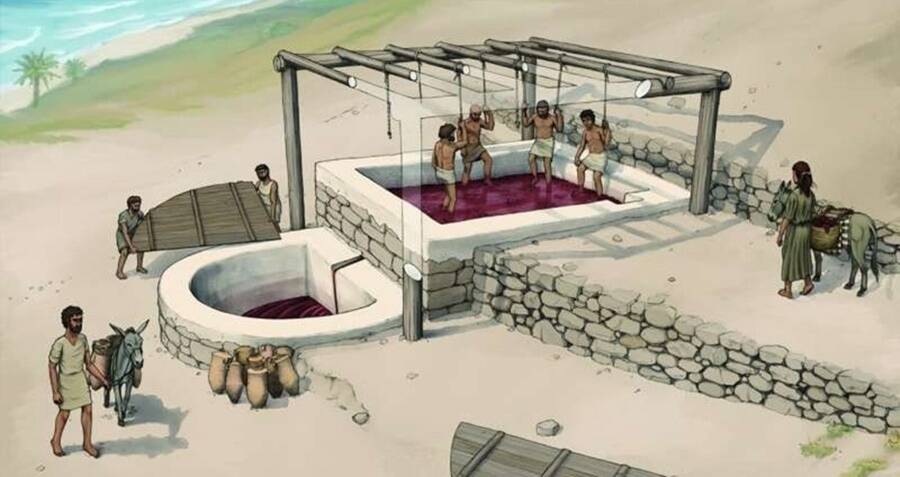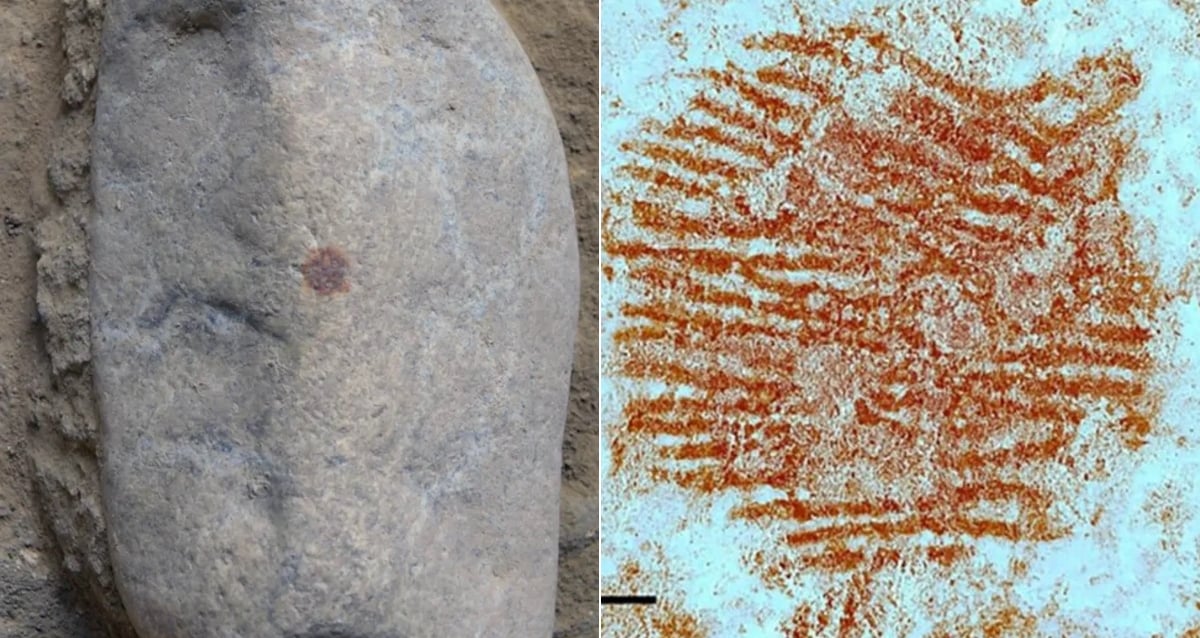“Ancient Lebanese Wine Factory Discovered: What Secrets Does This 2,600-Year-Old Marvel Hold?”
According to Phys.org, researchers unearthed an ancient yet well-preserved winepress at the archaeological site of Tell el-Burak about five miles south of the Lebanese city of Sidon.
Archaeologists suspect the 2,600-year-old structures found at the site were used in the wine manufacturing of the Phoenicians, who used a plaster mix made from lime and fragments of crushed ceramics to build them.

Tell el-Burak Archaeological ProjectA reconstruction of the winepress at Tell el-Burak.
In a paper published in the journal Antiquity, researchers wrote that people living in the Phoenician settlement likely brought grapes harvested around the vicinity to the wine “factory” so that they could be crushed and liquified by foot inside the presses.
The winepress was made up of two separate holding spaces: one higher holding space where the grapes were stomped and a holding tank at the lower end.
Once the grapes were thoroughly stomped, the juice along with the stem and skins from the grapes would be collected and funneled into the large pot where the pressed batches would then be fermented into wine. It’s estimated that the winepress could hold about 1,200 gallons of grape juice.
The structures, which date back to 7th century B.C., were found alongside four mud-brick houses, possibly the homes of the winemakers in charge of the press.
Earlier studies have suggested that the wine produced by the Phoenicians weren’t only produced and consumed locally. They also likely traded beyond their territories across the Mediterranean, spawning the ancient wine culture that still persists to this day.












